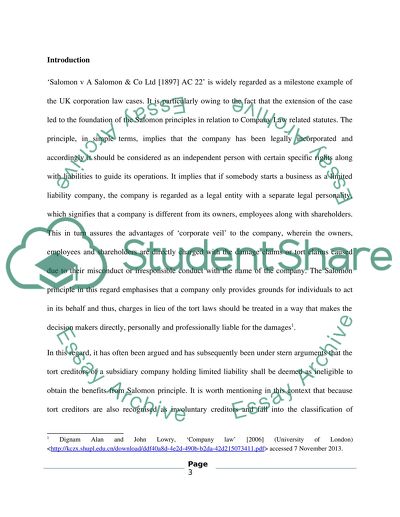Cite this document
(“Company law Essay Example | Topics and Well Written Essays - 2500 words - 1”, n.d.)
Retrieved from https://studentshare.org/law/1490749-company-law
Retrieved from https://studentshare.org/law/1490749-company-law
(Company Law Essay Example | Topics and Well Written Essays - 2500 Words - 1)
https://studentshare.org/law/1490749-company-law.
https://studentshare.org/law/1490749-company-law.
“Company Law Essay Example | Topics and Well Written Essays - 2500 Words - 1”, n.d. https://studentshare.org/law/1490749-company-law.


